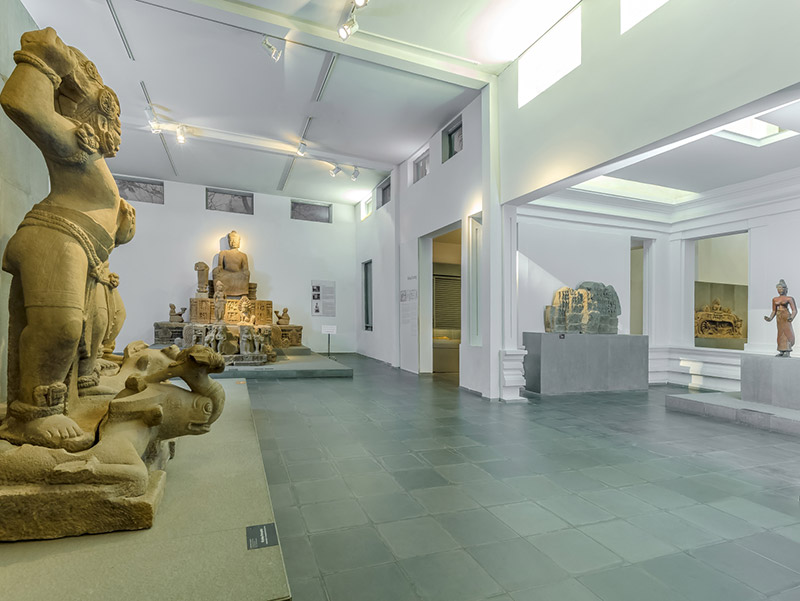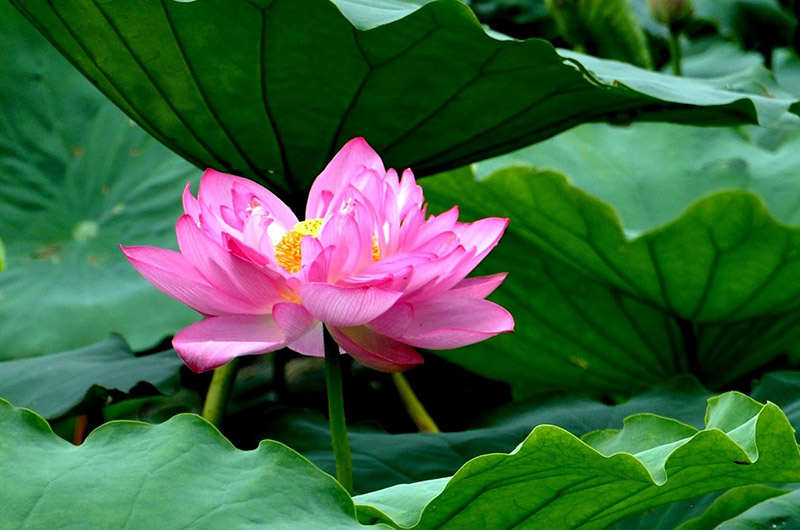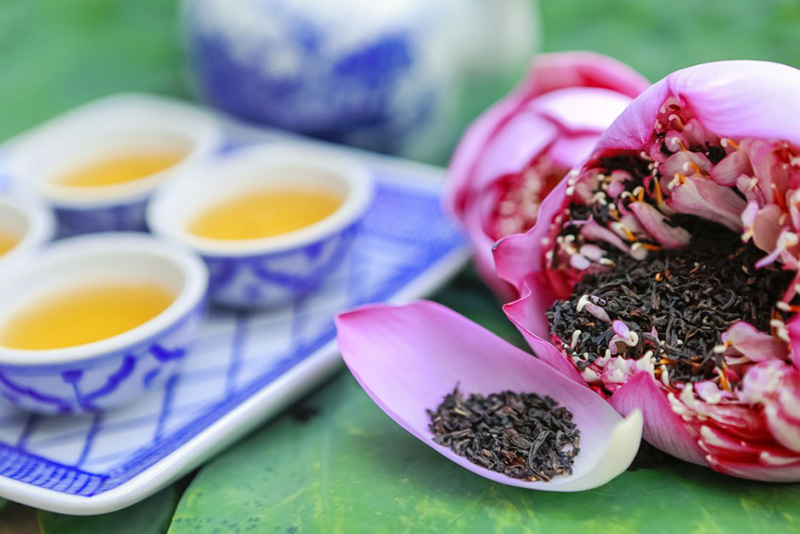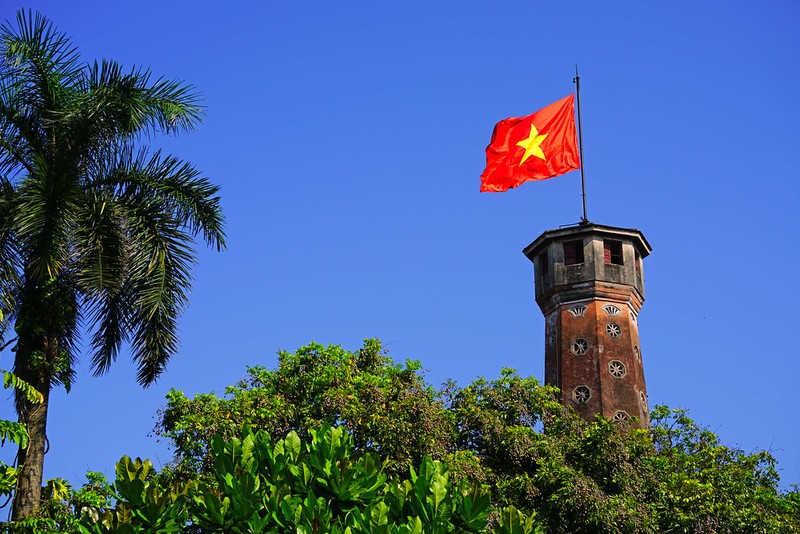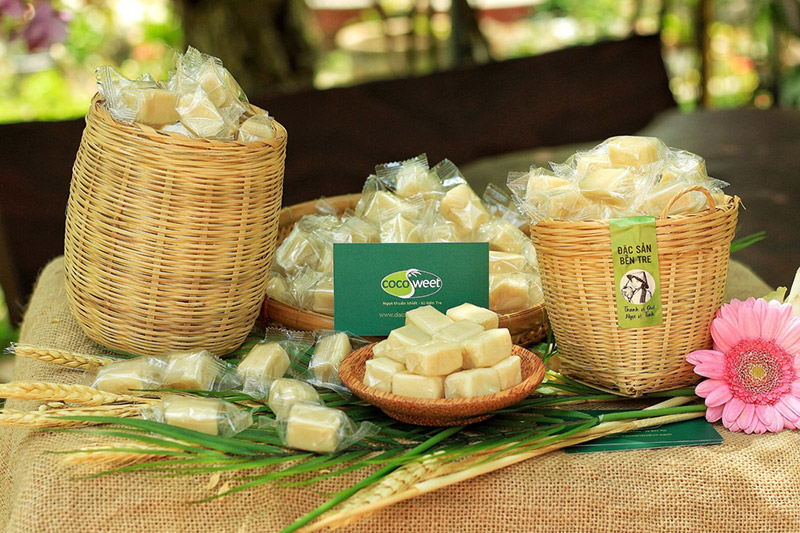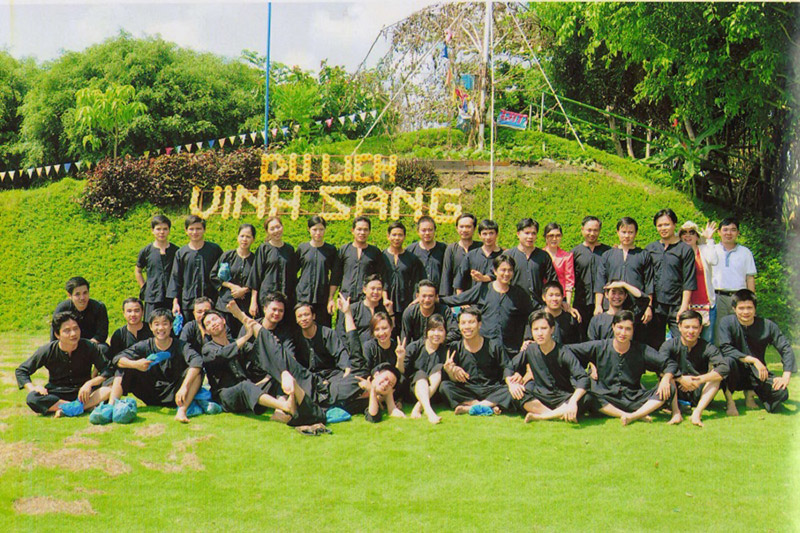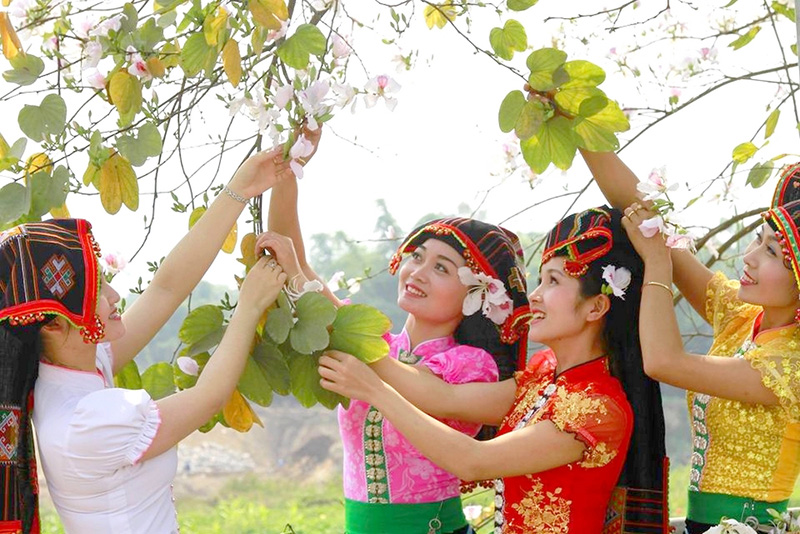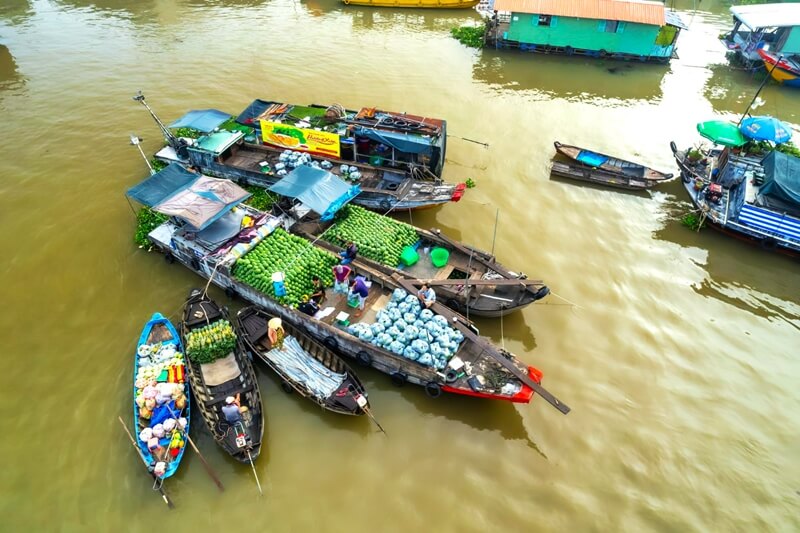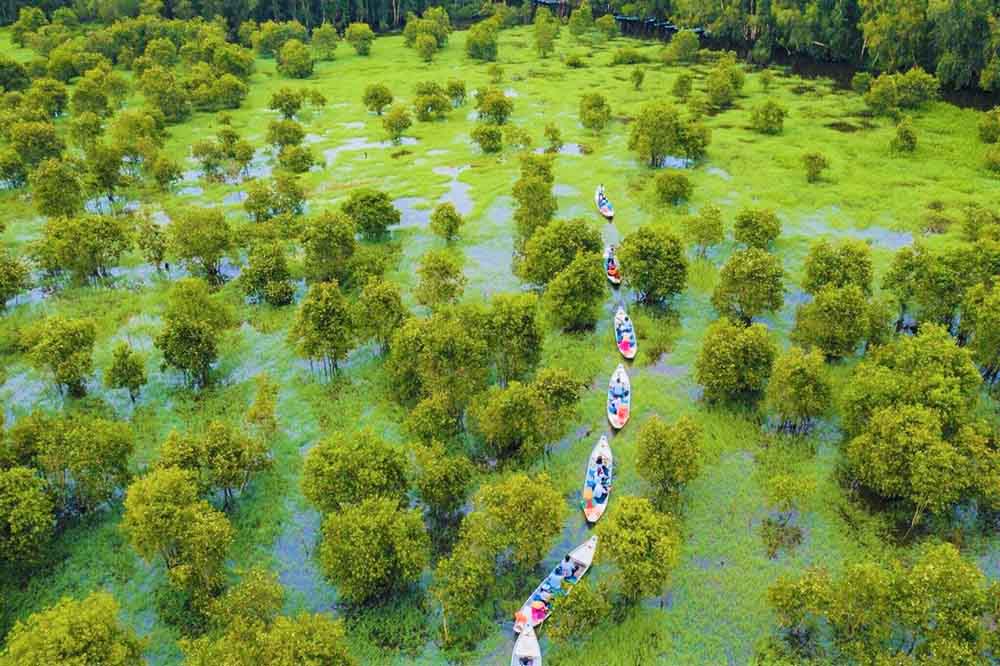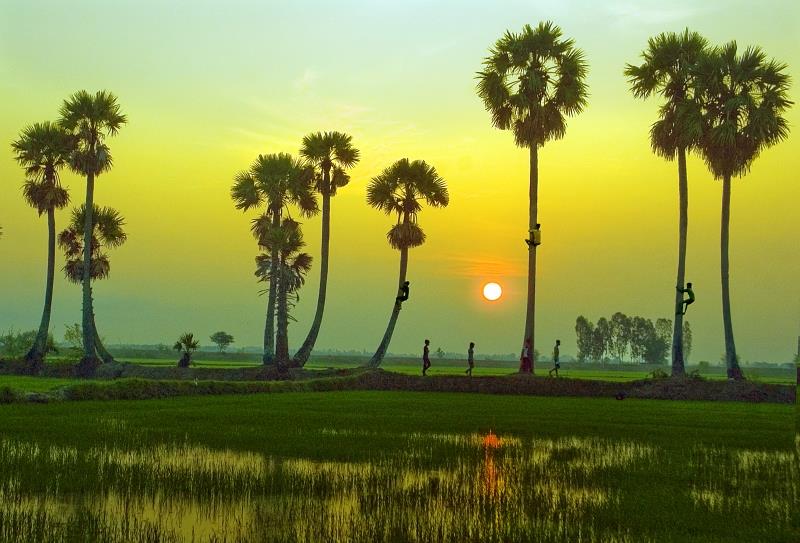If you are lucky enough to visit the Da Nang city, you can admire the beauty of a magnificent coastal town and the famous bridges along the romantic Han River. Tourists are strongly advised to visit the Cham Sculpture Museum, where relics of the sculptural art of the Champa kingdom are preserved and listen to the echoes of time in each precious artefact.
The lotus is an emblematic flower of purity and appears in many ancient Asian cultures. It is a special kind of flower that people love and idolise, especially in Buddhist culture. The national flower of Vietnam has interesting meanings in various aspects such as culture, arts and food.
Vietnamese tea culture has been a very special thing of my country for three thousand years, without the complex rituals found in other countries. At family gatherings, meetings and celebrations, tea and the rituals associated with it are intrinsically linked to Vietnamese concepts of hospitality, respect for elders and peaceful communion with nature.
With its thousand-year-old history, Vietnam retains an abundance of national cultural quintessences. A study of the symbols of Vietnamese culture will in fact offer a great deal of valuable knowledge about this beautiful country.
Ben Tre province located in the Mekong Delta in Southern Vietnam, is famously known as the “Coconut Land” due to its endless coconut groves, tranquil rivers, and unique cultural heritage of the Mekong Delta region. With its picturesque natural beauty and rich traditional crafts, Bến Tre is becoming an increasingly popular destination for both domestic and international tourists.
Vinh Long province located in the heart of the Mekong Delta, is a land where major rivers like the Tien and Hau rivers converge. With a dense network of canals and fertile alluvial soil, Vinh Long is famous for its lush fruit gardens, friendly people, and unique river culture. It is an ideal destination for those who want to explore the natural beauty and distinctive culture of the Southwestern region of Vietnam.
Dien Bien province located in the remote Northwest region of Vietnam. As an experienced tour guide, I can confidently say that Dien Bien is a hidden gem waiting to be discovered by adventurous travelers. From captivating historical sites to diverse ethnic communities and breathtaking landscapes, here offers a wealth of experiences for every type of traveler.
Would you like to discover the Mekong Delta and fully immerse yourself in its charm, culture and unique people? Our Mekong Delta in 4 days or 5 days tour has been carefully put together to show you the best of this fascinating region.
To think of Chau Doc is to think of a river landscape teeming with life and at the heart of this picture, the Tra Su cajeput forest. To explore Tra Su is to immerse yourself in the most beautiful flooded forest in Vietnam, where luxuriant greenery rubs shoulders with exceptionally rich flora and fauna. Each rainy season is an invitation to discover an aquatic world where man blends into the landscape.
The Mekong Delta is full of treasures, but Chau Doc, the small town of An Giang province is a nugget not to be missed. What makes this place such a special haven in the heart of this labyrinth of canals? Discover in this article the best things to see and do in Chau Doc city, a border region full of charm!

